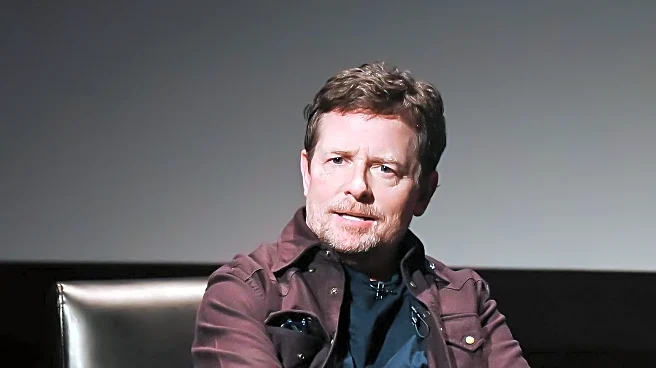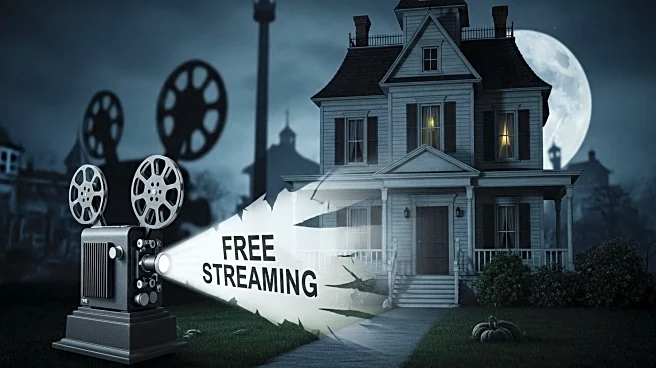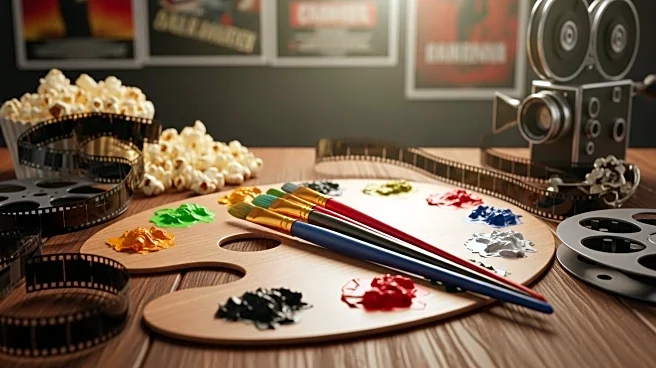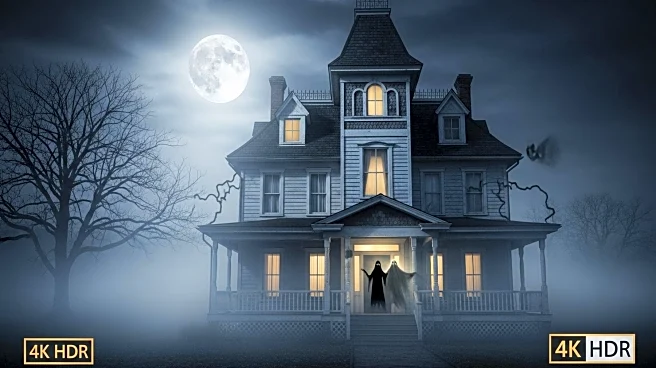What's Happening?
Michael J. Fox has addressed a long-standing timeline inconsistency in the iconic guitar scene from the film Back to the Future. In his new memoir, Future Boy: Back to the Future and My Journey Through
the Space-Time Continuum, Fox discusses the use of a Gibson ES-345 guitar during the 1955 Enchantment Under the Sea dance scene. Fans have pointed out that this model was not released until 1958, creating a temporal inconsistency. Fox explains that the film's art department chose the guitar for its visual appeal, reminiscent of Chuck Berry's famous performances. Despite the timeline error, Fox expresses indifference, noting his appreciation for the Gibson E line of guitars.
Why It's Important?
The discussion around the guitar scene highlights the attention to detail and passion of Back to the Future fans, who have scrutinized the film's timeline for decades. This revelation by Fox adds to the cultural legacy of the film, which continues to be a subject of interest and debate. The acknowledgment of the inconsistency by Fox may satisfy fans who have long speculated about the choice of guitar, while also showcasing the film's impact on pop culture. Additionally, Fox's return to acting, as mentioned in the source, is significant given his battle with Parkinson's disease, offering inspiration to many.
What's Next?
Fox's memoir may prompt further discussions and analyses of Back to the Future's timeline and other potential inconsistencies. Fans might continue to explore the film's narrative intricacies, possibly leading to new theories or interpretations. Fox's involvement in the Apple TV+ series Shrinking, where he plays a character with Parkinson's disease, could also attract attention and support from viewers, highlighting his ongoing contributions to the entertainment industry despite his health challenges.
Beyond the Headlines
The timeline inconsistency in Back to the Future reflects broader themes of artistic license and the balance between historical accuracy and creative storytelling. It raises questions about the importance of factual precision in fiction and how audiences perceive and engage with such narratives. Fox's candid discussion of the inconsistency may encourage other filmmakers to openly address similar issues in their works, fostering transparency and dialogue between creators and audiences.











